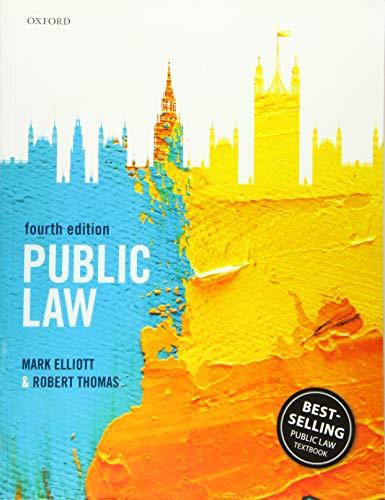Question
Which of the following are primary sources, and how are they different from secondary sources? a. Books, magazines, e-mail, Web documents b. Surveys, questionnaires, observations,
Which of the following are primary sources, and how are they different from secondary sources?
a. Books, magazines, e-mail, Web documents
b. Surveys, questionnaires, observations, interviews
c. Government documents, correspondence, maps, annual reports
Which of the following statements about plagiarism and academic honesty is false?
a. It is academic dishonesty if students write a paper for one class and then later use the same paper for a different class. "Recycling" one's own work constitutes academic dishonesty.
b. Information that is paraphrased from any source, for example, a book, the Internet, or a journal article, must be identified by using quotation marks.
c. Even if report writers don't quote their sources directly (word-for-word), they still must mention them within the text of the report. It's not enough to just include the sources on the list of reference list at the end of the report.
Which of the following actions do not constitute plagiarism?
a. Copying a nifty infographic or photo for use on your company's website. Copying a large chunk of text from the Web or some other unnamed source. Buying a paper. Paying someone to write a paper.
b. Using generally accepted facts or common knowledge shared in a field. Using your own photos, artwork, graphics, video, etc. Summarizing your own survey results. Sharing your own thoughts and observations.
c. Copying small parts of articles, books, or Web documents without attributing the content to the source. Paraphrasing so that the words are too close to the language of the original. Using someone's ideas, whether written or spoken, without citation.
Which passage is paraphrased correctly?
Below is the original text. Select which passage is paraphrased correctly.
It's easy to see how wearable technologies such as Google Glass could quickly become annoying to workers or merely seem invasive. Sixty-six percent of millennials said they would be willing to use wearable technology if it allowed them to do their job better, while 58 percent of total workers were willing, according to a survey last year by Cornerstone OnDemand. That still leaves plenty of people uneasy at the idea of giving employers a pulse on their every move.
a. It's not hard to envision how wearable technology, for example, Google Glass, could be seen as intrusive or even irritating. In a recent survey, 66 percent of millennials stated they would use wearable gizmos if they helped them with their jobs as opposed to 58 percent of total workers who agreed. Enough people are apprehensive about allowing employers to keep tabs on everything they do.
b. Not surprisingly, wearable technologies such as Google Glass could become annoying to workers. "Sixty-six percent of millennials said they would be willing to use wearable technology if it allowed them to do their job better, while 58 percent of total workers were willing," according to a survey last year by Cornerstone OnDemand. That leaves plenty of people uneasy at the idea of giving employers a pulse on their every move.
c. Workers are divided on the merits of wearable technology that would allow employers to track employees' whereabouts. A recent poll by Cornerstone OnDemand found that 66 percent of millennials would use wearable technology if it improved their productivity. A smaller number of total workers (58 percent) agreed. The remaining 33-42 percent may feel uncomfortable about relentless monitoring on the job.
Which of the MLA and APA citations below are formatted correctly?
a. APA:
Wenz, P. (2012). Take back the center: Progressive taxation for a new progressive agenda. Cambridge, MA: MIT Press.
MLA: Wenz, Peter S. Take Back the Center: Progressive Taxation for a New Progressive Agenda. Cambridge, MA: MIT Press, 2012.
b. APA:
Doerrenberg, Philipp, and Andreas Peichl. "Progressive Taxation and Tax Morale." Public Choice, 155.3 (2013): 293-316.
MLA: Doerrenberg, P., & Peichl, A. (2013). Progressive taxation and tax morale. Public Choice, 155(3), 293-316.
c. APA:
Carroll, R. , & Viard, A. D. (2012). Progressive Consumption Taxation: The X Tax Revisited. AEI Press.
MLA: Carroll, Robert, and Alan D. Viard. Progressive Consumption Taxation : The X Tax Revisited. AEI Press, 2012.
Step by Step Solution
There are 3 Steps involved in it
Step: 1

Get Instant Access to Expert-Tailored Solutions
See step-by-step solutions with expert insights and AI powered tools for academic success
Step: 2

Step: 3

Ace Your Homework with AI
Get the answers you need in no time with our AI-driven, step-by-step assistance
Get Started


